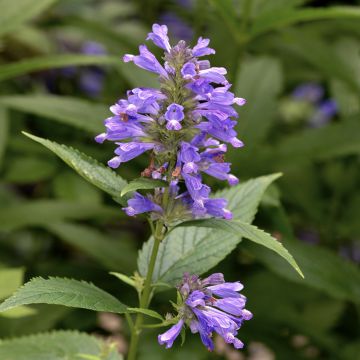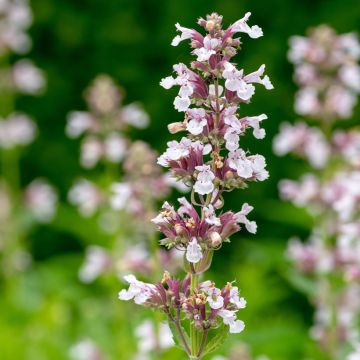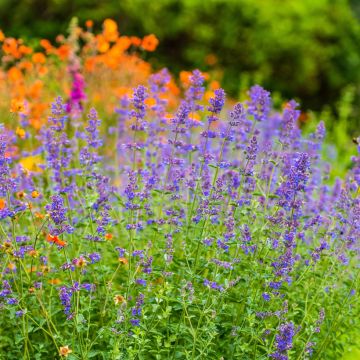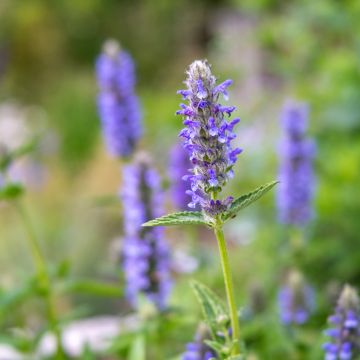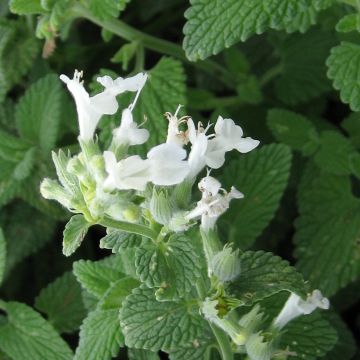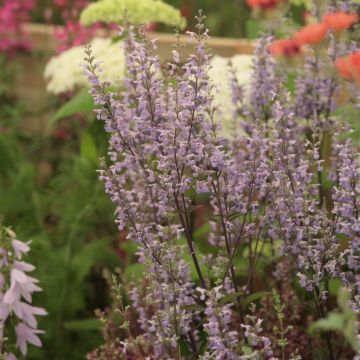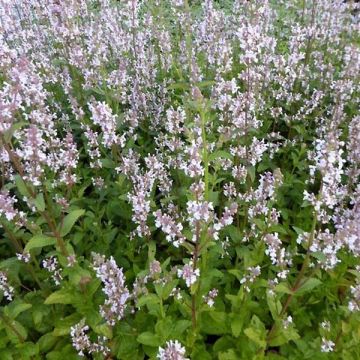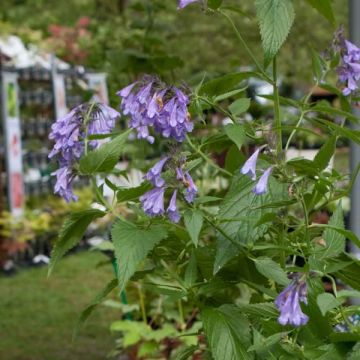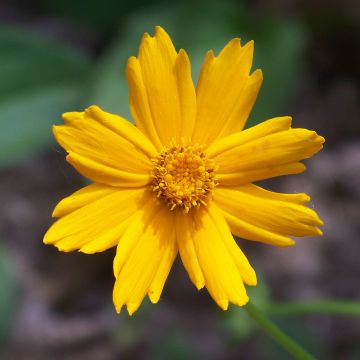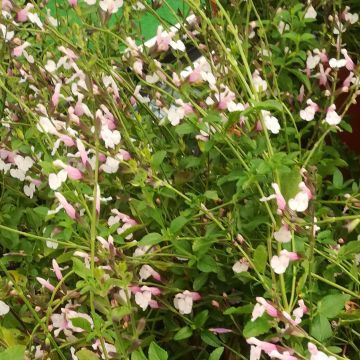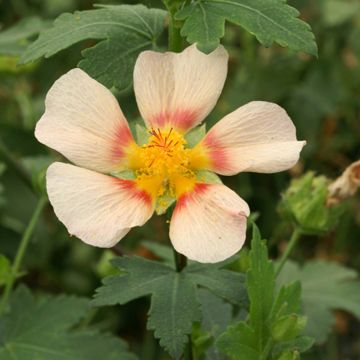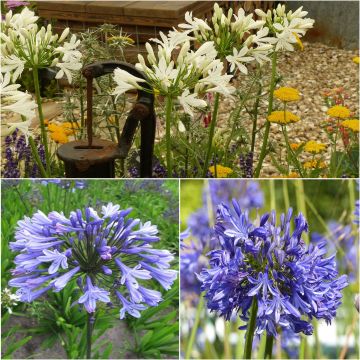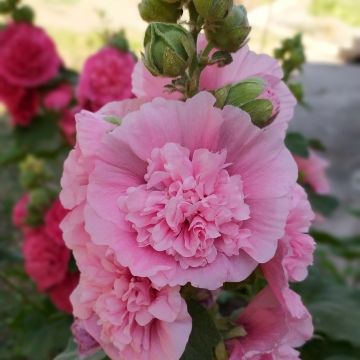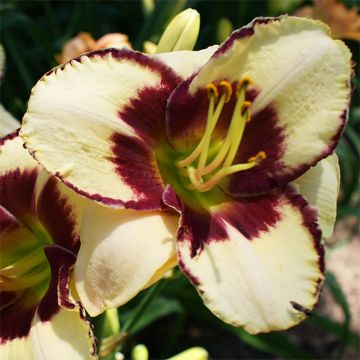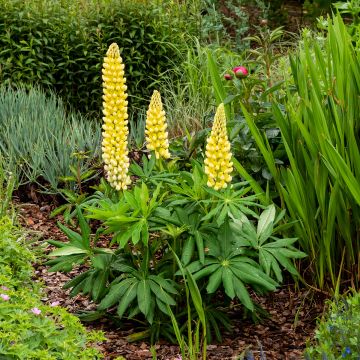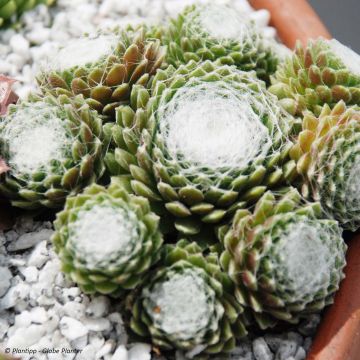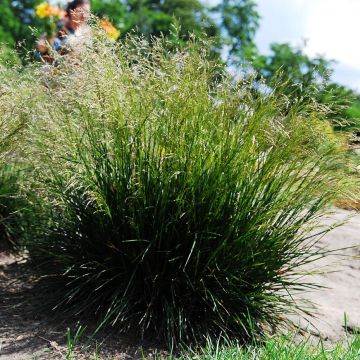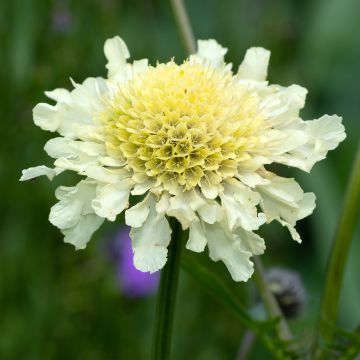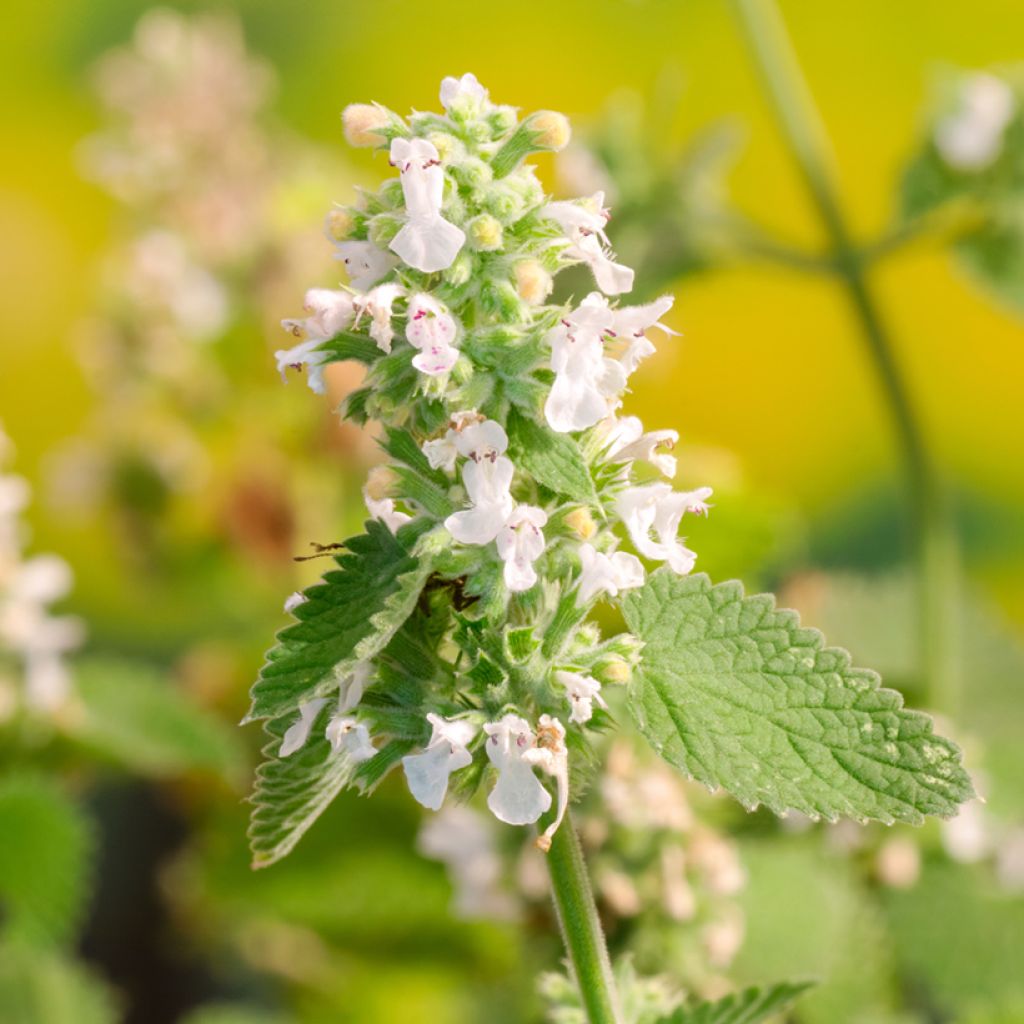

Nepeta cataria Citriodora
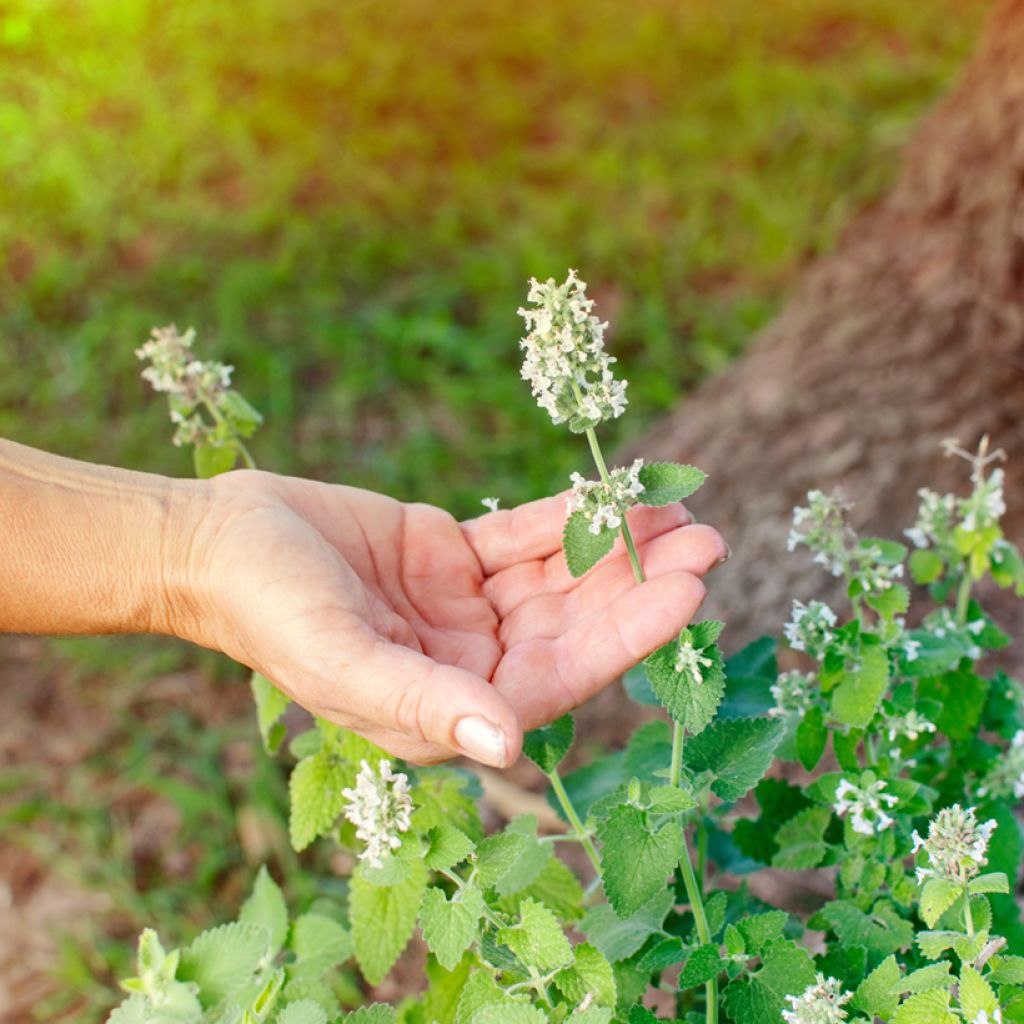

Nepeta cataria Citriodora
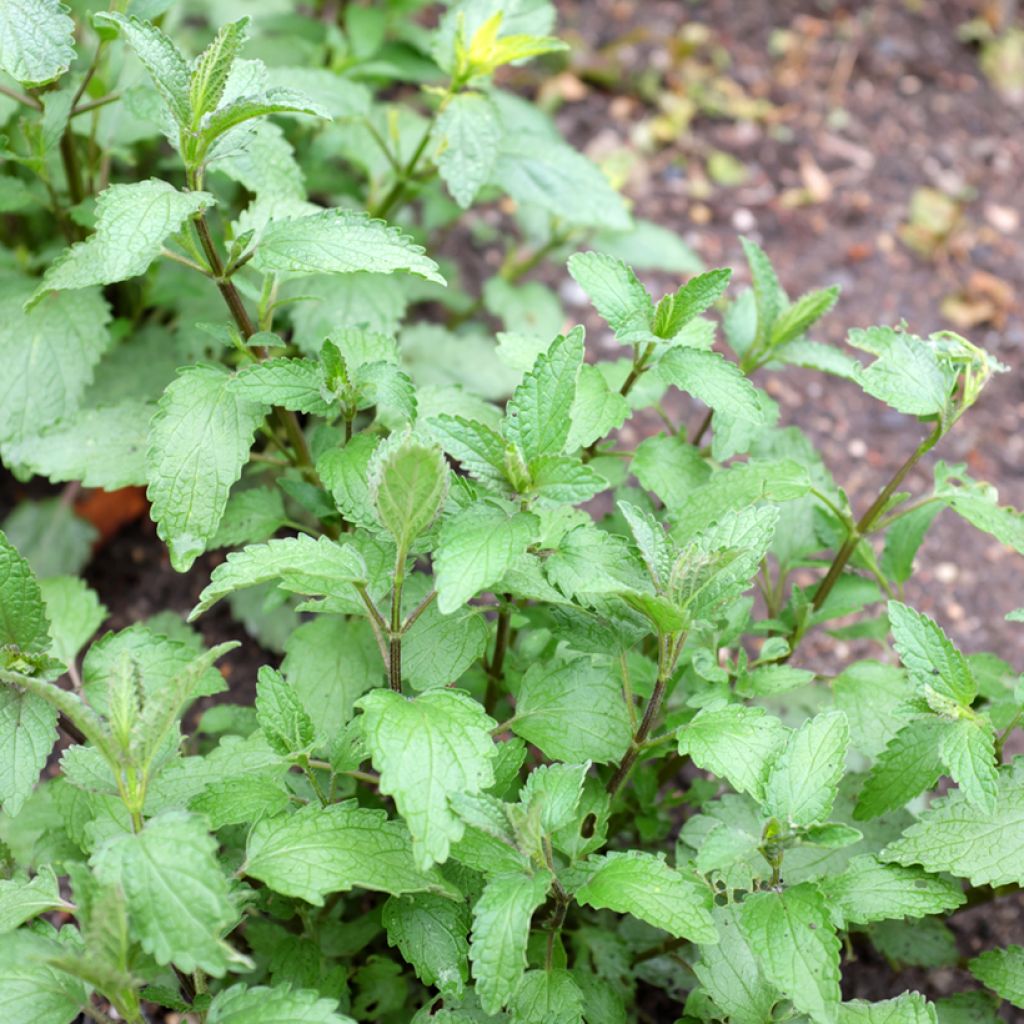

Nepeta cataria Citriodora
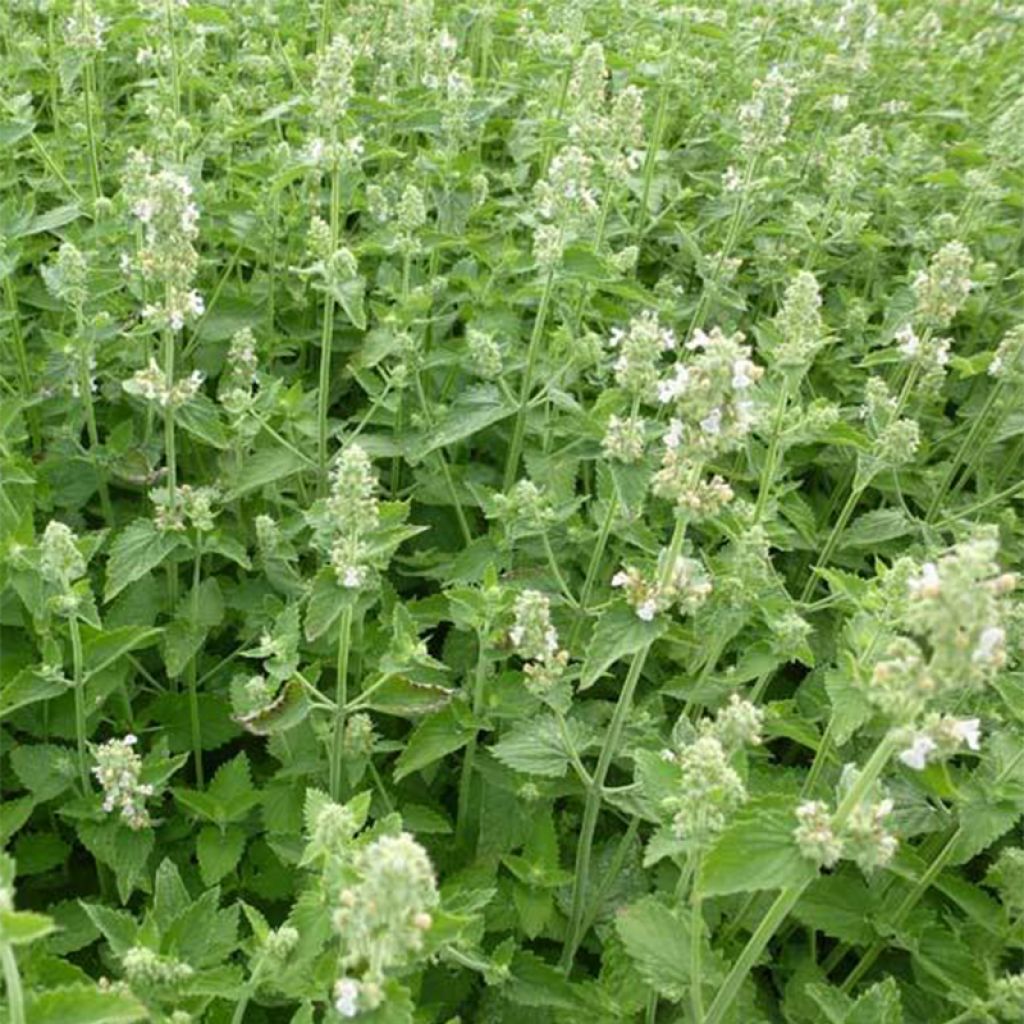

Nepeta cataria Citriodora
Nepeta cataria Citriodora
Nepeta cataria Citriodora
Catnip, Lemon Catmint
This item cannot be shipped to the selected country
Delivery charge from €6.90
Delivery charge from €6.90
More information
Delivery charge from €6.90
Delivery charge from €6.90
More information
Schedule delivery date,
and select date in basket
This plant carries a 12 months recovery warranty
More information
We guarantee the quality of our plants for a full growing cycle, and will replace at our expense any plant that fails to recover under normal climatic and planting conditions.
From €7.90 for pickup delivery and €6.90 for home delivery
Express home delivery from €8.90.
From €7.90 for pickup delivery and €6.90 for home delivery
Express home delivery from €8.90.
Does this plant fit my garden?
Set up your Plantfit profile →
Description
Nepeta cataria Citriodora, also known as lemon catmint, is identical to the species except that its aromatic foliage gives off a lemon scent when crushed. This sturdy little perennial for dry and sunny areas forms clumps of green foliage with branched spikes of white-pink to mauve flowers in summer. It is hardy and easy to grow, perfect for rock gardens or natural-looking borders and sunny containers.
Nepeta is native to temperate regions of Europe and Asia, but has become so widespread in many countries that it is sometimes considered a weed. It is a cousin of mints, thymes, and salvias, and contains essential oils used in herbal medicine.
The 'Citriodora' form is a herbaceous perennial 10 to 30 centimetres (12 inches) in all directions, with a long flowering period from June to September. Its green-grey flowering stems can reach up to 1 metre (3 feet) high. The small white or lilac-pink flowers have red spots on the middle lobe of the lower lip. The inflorescences are short, compound clusters distributed from the top to the bottom of each stem. The leaves are entire, hairy, heart-shaped, scallop-edged and oval. The plant is perennial with partially spreading and partially buried stems at its base, equipped with adventitious roots and dormant buds that will grow new stems the following spring.
Wild beautiful foliage, generous flowering, and easy cultivation make Nepeta cataria and its Citriodora form indispensable for dry gardens. Catmint is an easy plant for flower pots. It is superb in rock gardens or on walls, where it forms a carpet of discreet but charming flowers, like aubrietas or wall bellflowers. In groups and borders, combine it with Montpellier soapwort, Cerastium tomentosum, yellow phlomis, ballota, or shrubby salvias in fuchsia or red.
Catmint has a strange effect on cats. Its tissues contain a molecule called nepetalactone that triggers the secretion of pheromones in their brain.
Nepeta cataria Citriodora in pictures
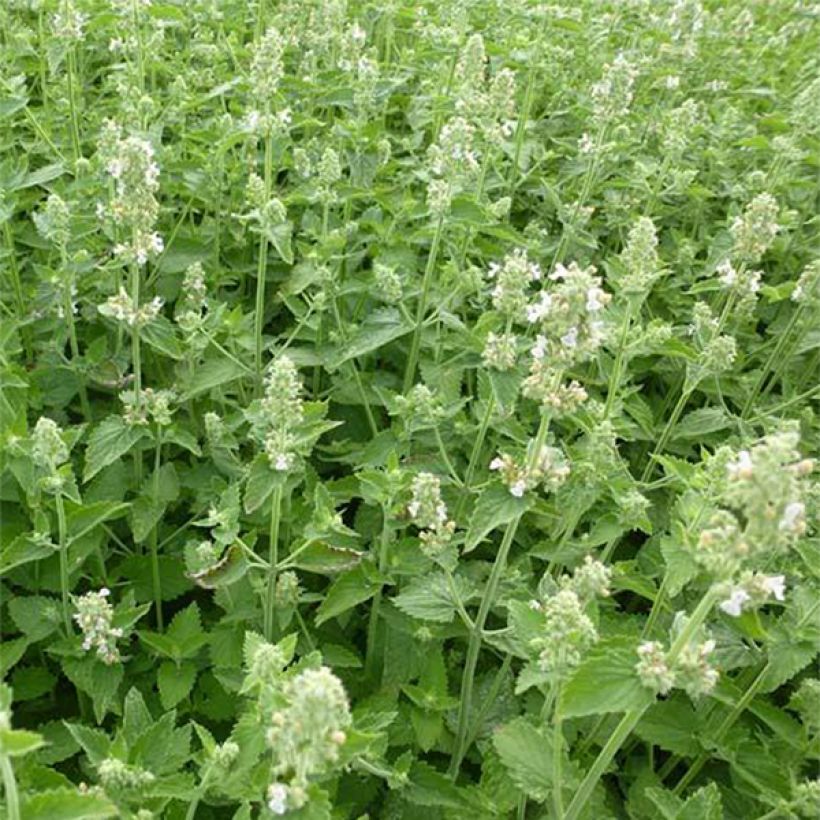

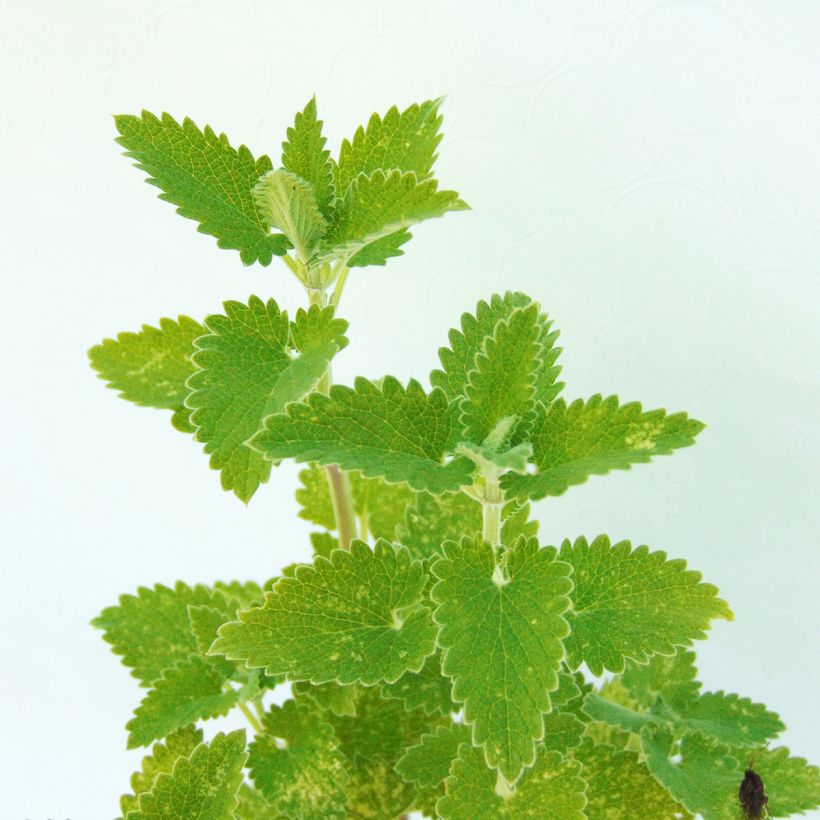

Flowering
Foliage
Plant habit
Botanical data
Nepeta
cataria
Citriodora
Lamiaceae
Catnip, Lemon Catmint
Mediterranean
Other Nepeta - Catnip
Planting and care
Nepeta cataria Citriodora and its hybrids are tolerant of dry and poor, limestone, stony or sandy soils. In heavy soil, its hardiness may suffer and its lifespan will be shorter. If the clumps are pruned back, they will bloom even more beautifully in autumn. Easy to grow in any well-drained soil. You will need to incorporate gravel or coarse sand at planting, in heavy soil. Nepeta cataria needs a very sunny location and does not need fertiliser. Water pot-grown plants in summer, allowing the substrate to dry well between waterings.
Planting period
Intended location
Care
Summer flowering perennials
Haven't found what you were looking for?
Hardiness is the lowest winter temperature a plant can endure without suffering serious damage or even dying. However, hardiness is affected by location (a sheltered area, such as a patio), protection (winter cover) and soil type (hardiness is improved by well-drained soil).

Photo Sharing Terms & Conditions
In order to encourage gardeners to interact and share their experiences, Promesse de fleurs offers various media enabling content to be uploaded onto its Site - in particular via the ‘Photo sharing’ module.
The User agrees to refrain from:
- Posting any content that is illegal, prejudicial, insulting, racist, inciteful to hatred, revisionist, contrary to public decency, that infringes on privacy or on the privacy rights of third parties, in particular the publicity rights of persons and goods, intellectual property rights, or the right to privacy.
- Submitting content on behalf of a third party;
- Impersonate the identity of a third party and/or publish any personal information about a third party;
In general, the User undertakes to refrain from any unethical behaviour.
All Content (in particular text, comments, files, images, photos, videos, creative works, etc.), which may be subject to property or intellectual property rights, image or other private rights, shall remain the property of the User, subject to the limited rights granted by the terms of the licence granted by Promesse de fleurs as stated below. Users are at liberty to publish or not to publish such Content on the Site, notably via the ‘Photo Sharing’ facility, and accept that this Content shall be made public and freely accessible, notably on the Internet.
Users further acknowledge, undertake to have ,and guarantee that they hold all necessary rights and permissions to publish such material on the Site, in particular with regard to the legislation in force pertaining to any privacy, property, intellectual property, image, or contractual rights, or rights of any other nature. By publishing such Content on the Site, Users acknowledge accepting full liability as publishers of the Content within the meaning of the law, and grant Promesse de fleurs, free of charge, an inclusive, worldwide licence for the said Content for the entire duration of its publication, including all reproduction, representation, up/downloading, displaying, performing, transmission, and storage rights.
Users also grant permission for their name to be linked to the Content and accept that this link may not always be made available.
By engaging in posting material, Users consent to their Content becoming automatically accessible on the Internet, in particular on other sites and/or blogs and/or web pages of the Promesse de fleurs site, including in particular social pages and the Promesse de fleurs catalogue.
Users may secure the removal of entrusted content free of charge by issuing a simple request via our contact form.

































